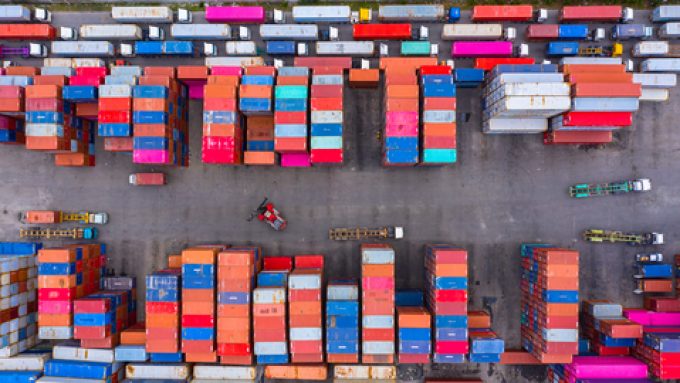MSC renews lease for terminal operating subsidiary at Port Everglades until 2034
MSC has cemented its presence at US east coast gateway Port Everglades, yesterday signing a ...

Container spot rates ex-Asia to both North Europe and the Mediterranean have fallen sharply again this week, prompting carriers into last-minute cancelled sailings – over and above their already aggressive blanking programmes.
Moreover, there are reports of newbuild ultra-large 24,000 teu vessels going straight from shipyard ...
Keep our news independent, by supporting The Loadstar
Red Sea crisis has driven most new capacity into extended Asia-Europe trades
Rapid transpacific capacity build-up continues – can USWC ports handle it?
Crew forced to abandon ship in latest fire on vessel carrying EVs
The Loadstar Podcast | Transport Logistic and Air Cargo Europe 2025
Carrier price hikes hold, driving spot rates higher as space gets scarcer
Carriers on the hunt for open tonnage again as transpacific rates soar
Uncertainty drives Yang Ming fleet boost as focus switches to Asia-Europe trades
Asia-West Africa ULCV deployment opens new markets for carriers
Project cargo: oversized and heavy, posing risks outside the norm for ports
Turkish Airlines falls foul of air safety regulations, claims India's aviation authority
CMA CGM eyeing multi-billion euro investment programme in Algeria
News in Brief Podcast | Week 22 | Trump’s tariff hurdle, ocean schedule reliability, and rate rise
Air cargo players still wary of long-term block space deals – 'a risk on both sides'
Geely splashes out to meet growing demand by chartering its own car-carrier

Comment on this article